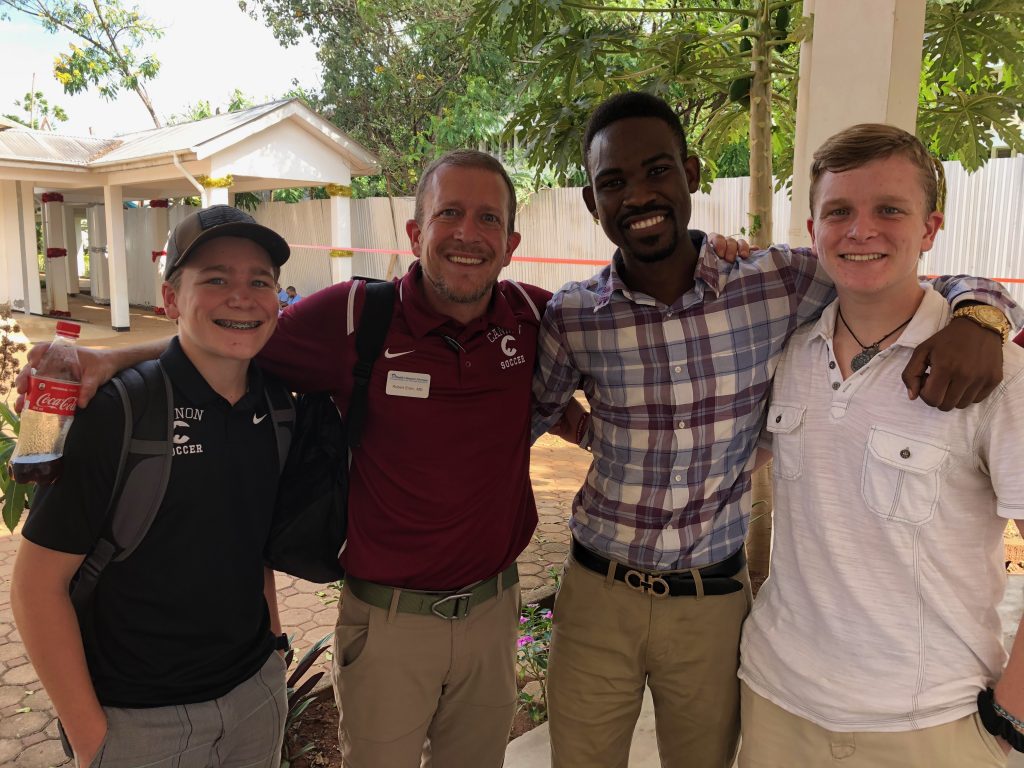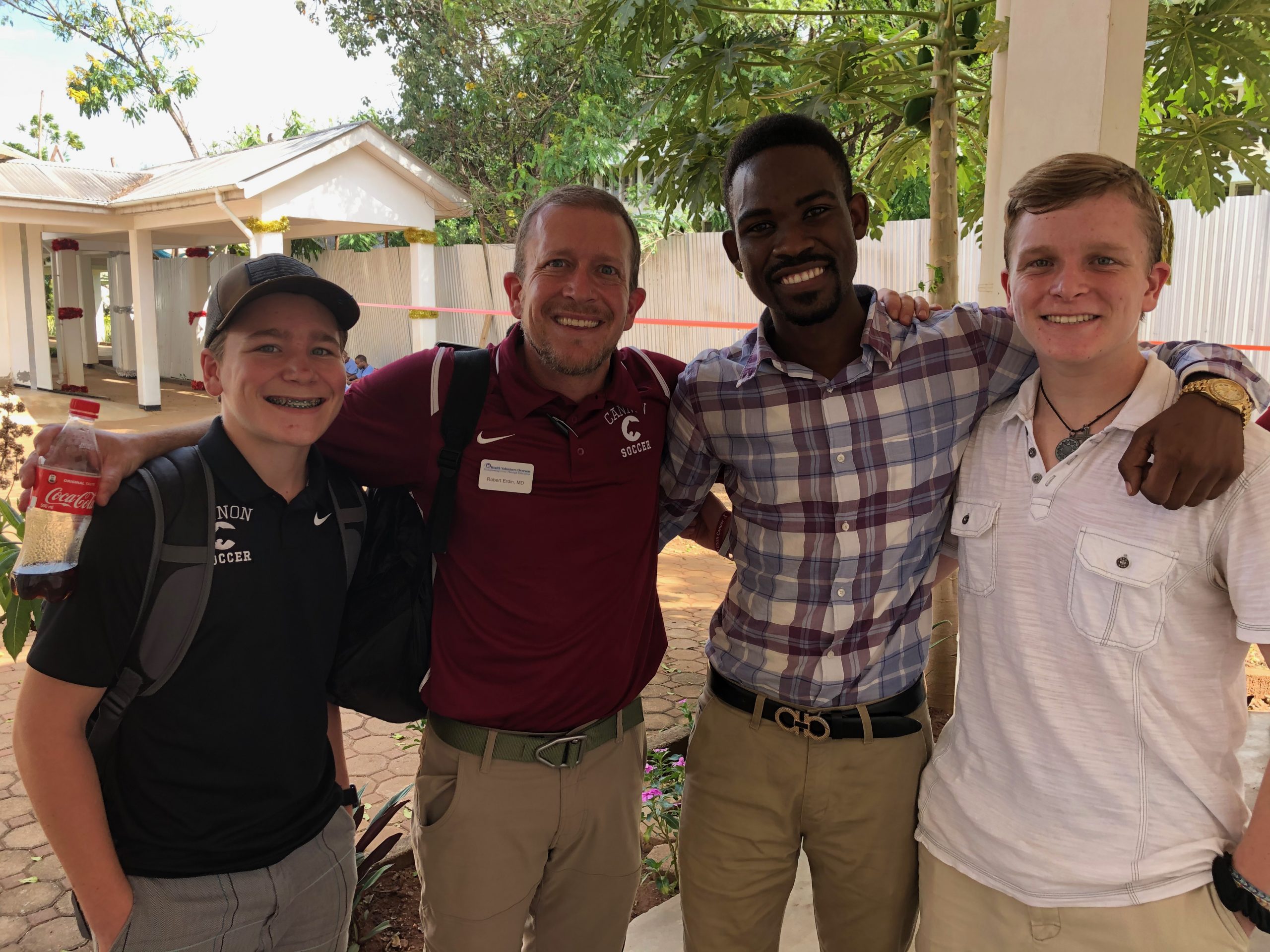My final day at KCMC began a bit later due to a large dermatology conference superseding grand rounds. I made the executive decision to grab an extra hour of sleep.
The residents had reviewed the cases with me the day before and asked for my help with the first case – a pediatric elbow fracture.
The case list 10/1/20
Supracondylar humerus fracture, closed type 3. 8 yo boy with a 4 day old injury, usually done in the US in under 24 hours, so I’m concerned about swelling.
Intertrochanteric femur fracture, over 3 weeks old, has been in skeletal traction
Distal femoral shaft fracture – 3 weeks old, scheduled for a nail
Proximal femoral shaft fracture – 2 weeks old, needs a nail
Chronic osteomyelitis – 4 yo boy, uncertain chronicity and history
Hand/finger osteomyelitis, s/p previously debridement. Xrays show destruction of middle phalanx and wrist joint
We begin with the humerus. The residents are sure we will have to open the elbow, but I explain that I hope not. I demonstrate how to use the fluoroscopy unit as a table, closed reductions techniques, and we are able to get a reduction. We prep the arm and – with some coaxing – I show the resident how to percutaneously place the pins under fluoroscopy. We achieve an excellent reduction, strong fixation, and pleasantly the swelling is fairly minimal. After appropriate casting, the patient is finished in the OR.
In the “dirty case” room, I check on case 5. This patient had a 4 inch “splinter” of his forearm bone( radius) protruding from the skin. Xrays showed a healed fracture and this separate piece. It appears it may have been there for a couple of months, but we are not able to get a strong history. It’s amazing that he apparently broke his forearm, had an open fracture, healed the fracture without medical care, and then finally came to the hospital because of this persistent white object poking out of his skin. Overall, the arm looks pretty good, and I think he will do well.
Back in the clean room, the 2nd case is being positioned and a local staff physician has joined the case there. They examine the fracture under flouro and determine there is already significant callus and the patient no longer requires surgery.
The clean room prepares for case 3.
I return to the dirty room and case 6 is close to getting started. I am asked to scrub in. The infection is horrible. We make a large palmar incision trailing into the forearm. The infectious process has destroyed the wrist joint. It is a struggle to identify any normal anatomy. We find a loose piece of bone, and identify it as the lunate – completely denuded of any attaching structure. The middle finger is dead and we amputate though the proximal phalanx which appears surprisingly healthy. After an extensive debridement we irrigate copious saline through the wounds.
We turn to stabilizing the wrist. My initial plan is to place external fixation – we are informed that flouro and power are unavailable. We are provided with a hand drill. Armed with k-wires, we are able to piece together some crossing stability. It is less than ideal, but better than when we started. The remaining tissue looks viable. We place a drain, close some of the wounds, and apply a splint.
Room 4 is ready again. The patient has a distal femoral shaft fracture – 3 weeks old and shortened significantly. As expected, the reduction is difficult, but progress is steady. Our struggles really begin with the search for the nail. Only very long nails are available. We find one that will fit, but the length makes the targeting guide for interlocking screws fairly useless. We attempt proximal locking, but are unable. One screw becomes entrapped in soft tissue. I convince the residents to use the flouro (almost a point of pride to not use it, I think). I am able to show them how we can retrieve the screw flouroscopically without adding another large incision. We are able to finish up and bring the case – and a busy day – to an end.
I shake hands and share good byes with my new colleagues. The day is a microcosm of the experience. high and lows. Victories and defeat. Lessons learned and taught – at times painfully. I am certain as I walk away from the hospital for the final time that I shared some knowledge and skill; I am equally certain just how much more there is to teach and grow. The need remains.

